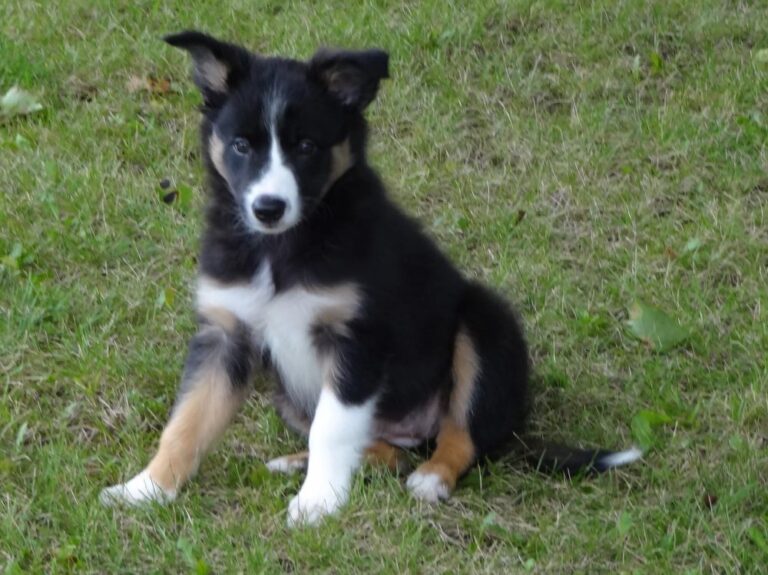Zip, the CSI Border Collie
Zip is a forensics dog that helps investigate crime scenes.
Not every crime scene investigator looks like the stars of television’s CSI or CSI: Miami. In fact, some have twice as many legs and a lot more hair than the characters played by Marg Helgen-berger, David Caruso or their equally determined colleagues.
These four-footed sleuths are forensics evidence dogs, which search for and alert to decomposed human remains or scent. They are able to differentiate between different scents and will ignore smells such as feces and urine (called scent discrimination). One of the most noteworthy forensics dogs in the United States is a 5-year-old rescued Border Collie named Zip. He and his handler, A.J. Marhofke, live and train in Oconomowoc, Wisconsin.
Three years ago, Zip’s life couldn’t have been further from the world of investigation. “He was living with a family in Indiana, and he had started to herd the 3-year-old toddler,” says Marhofke, a canine search, rescue, recovery and evidence instructor who’s been involved in search and rescue since 1969. “The parents felt he was just too hyper, and they were also moving to a place where there wasn’t enough room for Zip, so they surrendered him to rescue.”
Some time later, Marhofke was asked to evaluate a dog that a California police department was considering adding to its forensics team. That dog was Zip, and when the California department decided not to take him,Wisconsin’s Border Collie rescue group asked Marhofke to foster Zip. He agreed, and not long thereafter decided to adopt him.
Because Marhofke had trained so many other dogs— including his other Border Collie, Mollie Mae—it was only a matter of time before Zip began training. Marhofke found that Zip’s talents were best suited to finding evidence, and he began teaching the dog the art of grave discrimination. “If Zip smells a dead body or any body part—a drop of blood, teeth, cremated remains, whatever—he drops to the ground and gives the spot a Border Collie stare,” says Marhofke. “Zip has a high probability of being right.” The dog’s forensics skills have come in handy not only for major criminal investigations, but also in efforts to find missing persons who are feared dead. One such search occurred in late 2002, when a man from Waukesha County, Wisconsin, failed to report for work as scheduled. Over the next two days, other search dogs had failed to find the missing man. Marhofke and Zip were called in. “He found the man’s body in less than two hours,” Marhofke says. “He’s not normally a cadaver dog [dogs trained to find an entire body, not just parts of it], but this was a huge piece of evidence, like a neon sign for him.”
When he’s not working, Zip and Mollie Mae live with Marhofke on his 110-acre farm. There, Marhofke tries to keep his canine partners in shape by making sure they walk or run five miles per day.
But Zip is more than just a working partner to Marhofke. “He’s the perfect Border Collie,” Marhofke enthuses. “He’s laid back and eager to please. He’ll look at me as if to say I’m here, what do you want me to do?'”
An enthusiastic supporter of breed rescue, Marhofke believes that people, not Border Collies, are the reason so many of the dogs find themselves without homes.”There are so many Border Collies in rescue because people don’t understand them.” he says. “But mine are with me for life.”
-Susan McCullough, author
This article appeared in Volume 27 of the Popular Dog Series featuring Border Collies, published by the editors of Dog Fancy Magazine. It was originally published in June 2003
Reprinted with the permission of Dog Fancy Magazine. copyright Dog Fancy Magazine 2003.

